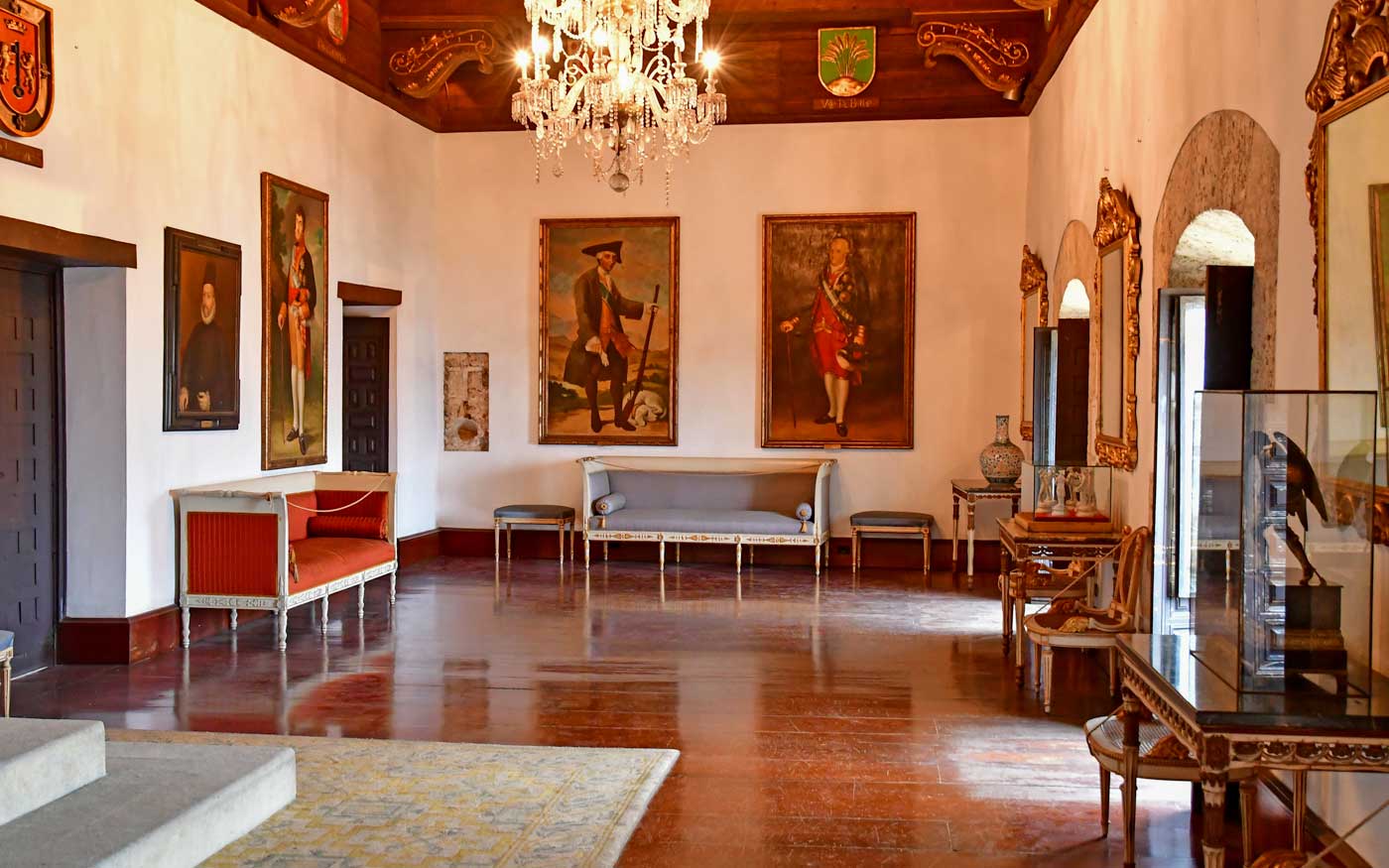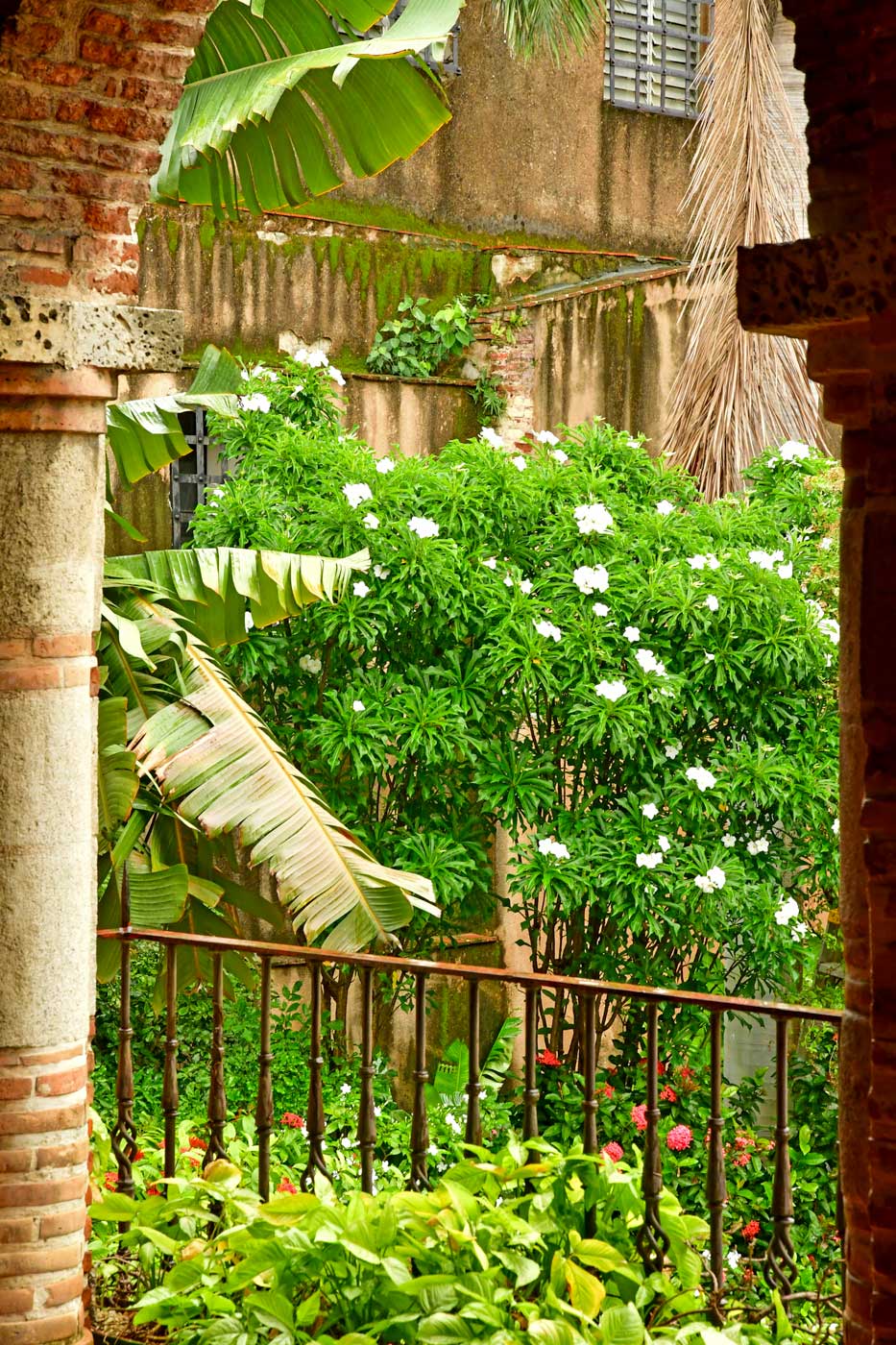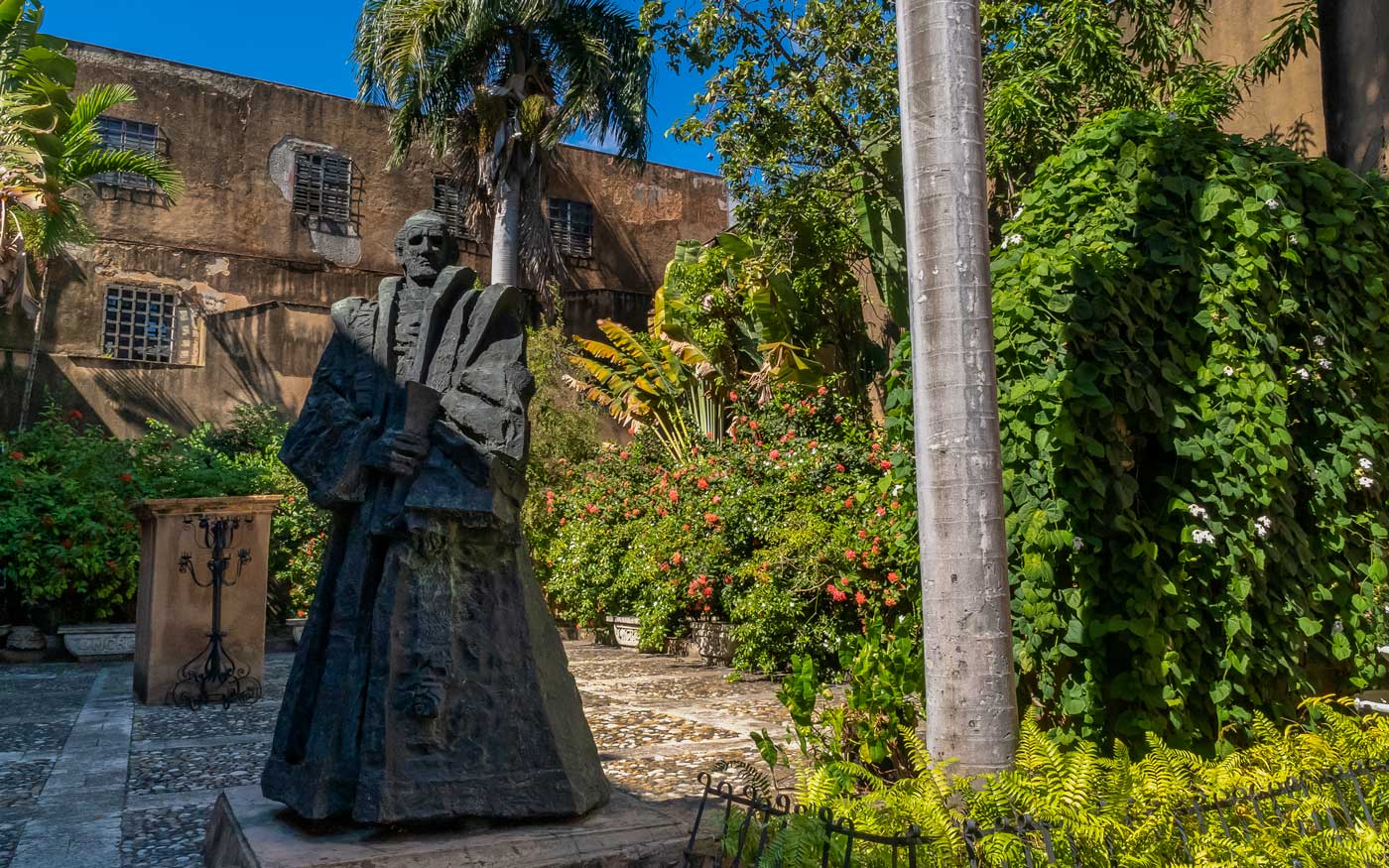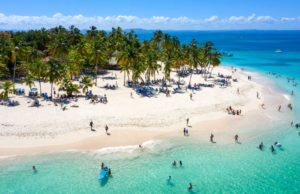History & Heritage
Hear the Echoes of Time at Museo de las Casas Reales
Museo de las Casas Reales, Zona Colonial
Photo: Mikkel Ulriksen
Explore treasure, maps, weapons and other artefacts from the Spanish colonial era at the The Museum of the Royal Houses (Museo de las Casas Reales).
Share
The Museum of the Royal Houses in Santo Domingo collects maps, treasure, weapons, and other artifacts, mostly dating back to the Spanish colonial era of the Dominican Republic.
Visitors can explore exhibits about Taíno culture, Christopher Columbus’ voyages, slavery, the island’s rum, cacáo, independence, the sugarcane and Tabaco industries, as well as the real-life pirates of the Caribbean.
Built in 1505, the building itself was constructed to house the Spanish-appointed governor’s royal court, as well as royal offices like the justice tribunal and treasury for the Spanish colonies, and living quarters for military captains.
Visitors get to tour the extensive grounds and 20 unique internal rooms, some of which have been restored and decorated to reflect their historical colonial use, while others house artefacts from different periods of pre- and post-colonial history.

Exhibition at Museo de las Casas Reales, Zona Colonial
Photo: Pack-Shot / Shutterstock.com
What you’ll see:
First floor
On the first floor, the museum's collections are categorized by theme in the different rooms. Down a long gallery, you'll find artifacts from the native Dominican Taínos.
You'll also see the equipment used to sail the long distances from Europe to the Americas, with maps depicting the historical layout of the region, and representations of the ships that were used.
The conquest, colonization, and evangelization of the island are depicted in paintings, and along the way, gaining an understanding of how pirates worked in the Americas. There are also artifacts from the Taíno and African enslavement in the Dominican Republic.
Spain’s initial interest in La Hispaniola was the gold its inhabitants were rumored to wear, and Columbus’s first order of business on arrival was to coerce the Taíno people into mining for gold to export back to Spain. As the brutal industry expanded the Taíno population suffered, and African slaves were brought to Hispaniola to labor in the gold, sugar, rum, and Cacáo industries.
The Dominican Republic gained independence from Spain in 1821, and today Dominican companies own most of their own sugar production, and the government receives taxes from the gold industry.

Garden at Museo de las Casas Reales, Zona Colonial
Photo: Shutterstock.com
Second floor
On the second floor is located the room that contained the justice tribunal, and expositions on the legislation of the colony and family life. There are also government offices and an arms room.
One of the collections in the arms room is from the 20th-century dictator Rafael Trujillo, placed by one of his successors, Joaquín Balaguer when he turned the site into a government museum in 1973.

Sculpture at Museo de las Casas Reales, Zona Colonial
Photo: Oscar Garces / Shutterstock.com
Nearby Historical Sites
Just around the corner from Las Casas Reales, the wide-open Plaza de España receives thousands of locals and tourists to see the Alcazar de Colón (Columbus Alcazar), the first reinforced Spanish palace of La Hispaniola.
La Catedral Primada de America is the first Catholic cathedral to be edified in the New World, right next to Parque Colón, and only a 5 to 8-minute stroll from the museum. That's if the view from the promenade doesn't stop you.
Two blocks east of the Catedral Primada is the Fortaleza Ozama (Ozama Fortress) on the banks of the Ozama River, where Spanish lords and viceroys were housed for safety circa 1502.
Getting here
The Museo de las Casas Reales is located on the corner of Calle las Damas Calle de las Mercedes in the Colonial Zone of Santo Domingo. Entrance to the museum costs 100 pesos (foreigners included) and includes audio guides that translate the meaning of the museum into English and other languages. The museum is open 9:00 AM - 5:00 PM daily, except Mondays.
Written by G. Abdullah.
Published June 2020
Find Museo de las Casas Reales
External Links
Categories
Tags
Share
Find Museo de las Casas Reales
External Links
Categories
Tags
Share
Five of the best books about the Dominican Republic
Looking for a good read to sink into while you’re soaking up the atmosphere? You’ll love these great English-language books from the Dominican Republic’s top authors.
Bookshop in Zona Colonial, Santo Domingo
Photo: Mikkel Ulriksen
Explore more Dominican History & Heritage
Ojos Indígenas Ecological Reserve
Just minutes from Punta Cana resorts, swim in incredible Larimar-colored
Take a walk on the dark side of Dominican history at Museo de La Resistencia
This powerful, emotionally-charged museum bears witness to a brutal chapter
Know Before You Go: Fortaleza Ozama
The oldest colonial fortress in the Americas, Fortaleza Ozama was
Holy Week 2023: Semana Santa in the Dominican Republic
See why the Dominican Republic is the best destination to
Centro León Museum and Cultural Centre
Get out to Santiago De Los Caballeros to experience Centro
Alcázar de Colón: Dominican History Lives Here
Step into Dominican history at the palace of Diego Colón,
Visit the Catedral Primada de América
Catedral Primada was the first Cathedral in the Américas and
Caves of Pomier: An almost-lost world
Enter An Indigenous World And Explore The Prehistoric Caves Of
Subscribe to our newsletter
Get more travel inspiration, tips and exclusive offers sent straight to your inbox

